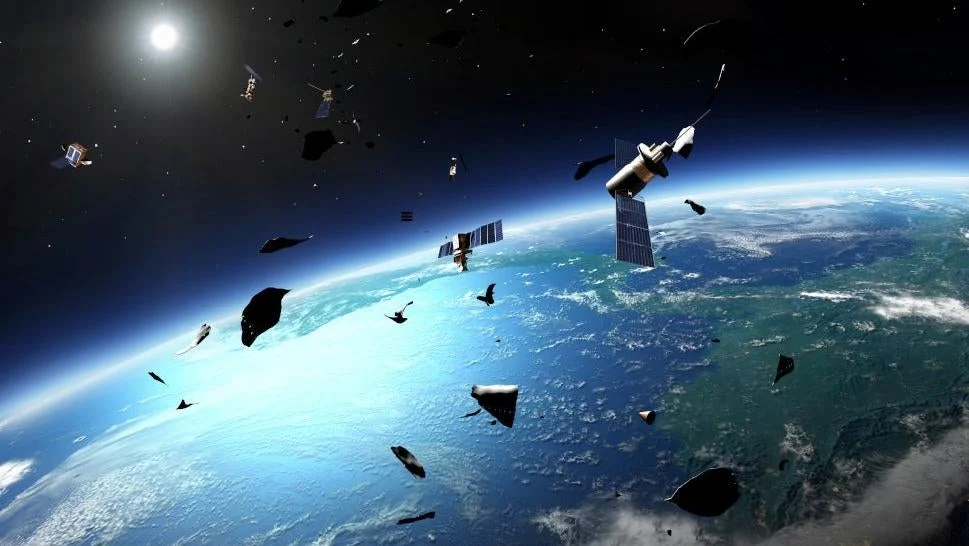By: Youheng Zhong
Resurs P1 was a Russian satellite launched in 2013 and was intended to help with agriculture, meteorology, transportation, and other purposes. In 2022, Russia retired Resurs P1. Ever since, the satellite has slowly been losing altitude and falling toward its doom.
This Wednesday, Resurs P1 broke apart into over 100 shards in low Earth orbit, creating a cloud of debris, adding to the more than 25,000 pieces of space junk that surrounded the planet. The disintegration of the Resurs P1 satellite was announced by LeoLabs, an organization that tracks satellites orbiting Earth. However, we still don’t know what exactly caused the fragmenting.
Jonathan McDowell, an astronomer and astrophysicist, said that some possible causes were an internal explosion of a dead battery or a collision with another piece of space junk. The latter is more likely because, even though the US Space Force keeps a catalog of orbital debris, the colliding piece could have been too small to be tracked.
So, what’s the big deal about an old piece of space junk breaking apart? Well, it’s that space junk can impact us in several ways — even from hundreds of miles away. First, space junk takes up space, and with so much space junk (over 8,800 tons in orbit), one piece can easily find its way towards impacting with a satellite. Once colliding with a satellite, there could be disruptions in many services we rely on, such as GPS, the internet, and weather forecasts. In addition, having more space junk means more to track in order to predict and prevent future collisions. This raises the costs of space missions and satellite operations, leading to higher taxes that fund such missions and ultimately putting stress on the people and the economy.
Space debris also endangers other spacecraft, such as the International Space Station (ISS) or SpaceX’s Starlink satellites. For example, after the breaking of Resurs P1 was announced, “NASA instructed crews aboard the space station to shelter in their respective spacecraft as a standard precautionary measure.” Luckily, an hour later the nine astronauts were cleared to exit their spacecraft and resume normal operations.
The US Space Force will work to catalog the debris, but that might take months. Until that is finished, “it’s literally Russian roulette,” Dr. McDowell said. She summarized the situation nicely:
“It’s getting crowded out there.”











